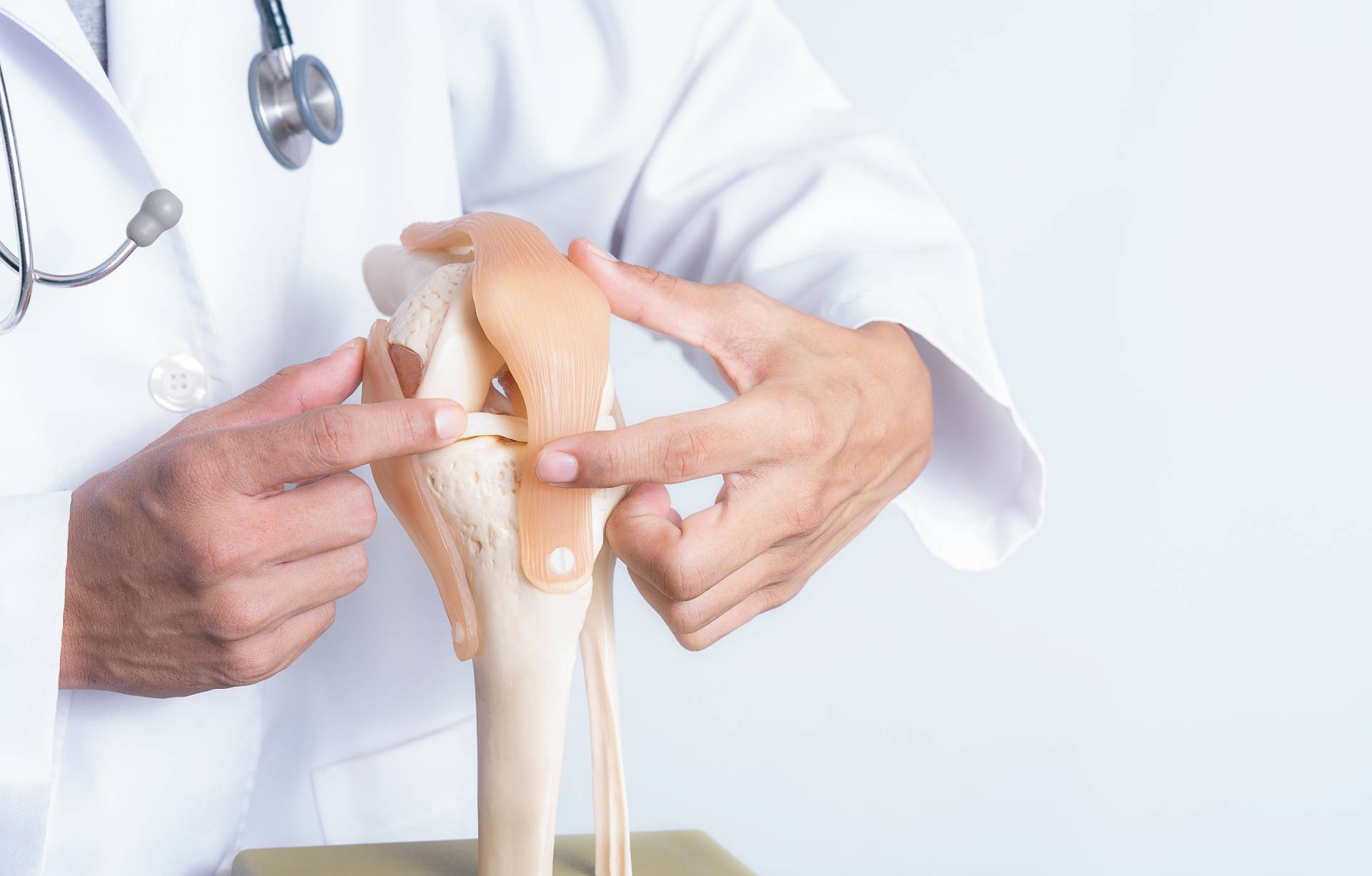When faced with an orthopedic problem, be it a nagging joint pain, persistent back problem, or even a complicated fracture, one searches for immediate relief. Too often, this involves simply trusting the first diagnosis and course of treatment. Regarding orthopedic conditions, taking some time to get a second opinion could be all the difference between a smooth recovery and lifetime complications.
This is where the need for a second opinion orthopedic doctor cannot be underestimated, more so considering the long-term effects of surgical or non-surgical interventions:
The Risks of Rushing into Treatment
It isn’t easy to have orthopedic surgery or any other treatment. From torn ligaments to herniated discs and degenerative arthritis, the early choices you make will set a trajectory for your quality of life in the future. Further, going into surgery without fully understanding all your options and potential risks may create complications like infection, chronic pain, or additional surgeries.
How a Second Opinion Can Bring Clarity
A second opinion would permit one to have a different attitude toward the diagnosis and line of treatment. It will further enlighten you on more information, balance out the pros vs. cons of the various options available, and see that what is prescribed as a line of treatment is the best for the condition you are suffering from.
For example, surgery could be recommended for a back problem. Still, you may get a second opinion suggesting that you could get the same results from physical therapy and lifestyle changes without the risks of surgery. Or, on occasion, it can provide a different surgical approach with a less invasive way of doing the procedure and less time needed to recover.
Moreover, getting a second opinion is very useful in cases of complicacy and when the condition permits more than one mode of treatment. In orthopedic conditions, several modalities of therapy are frequently needed, and another expert may be able to provide input on alternative therapies, rehabilitation protocols, or advanced surgical techniques not considered in the first instance.
Advanced Imaging and Tests: Their Role
One of the benefits of a second opinion is that it gives one the chance for more imaging or diagnostic testing. Advanced images, like MRI and CT scans, can capture things that were otherwise overlooked in the first analysis and derive a correct diagnosis. For instance, what would have been assumed to be just a strain may signify a partial tear after the second round of imaging.
Supplemental tests may also confirm the diagnosis, relieving your mind before going about any treatment. On the other hand, they might unravel some other underlying issue that needs to be treated otherwise, avoiding its long-term complications.
The stakes are high when it comes to orthopedic treatments. The choices you make today are major and can significantly affect your mobility, comfort level, and overall quality of life you will lead in your future years. A second opinion is taking responsibility for your health and care and looking forward to what will happen to you. It is an action that saves people from unnecessary procedures and risks and leads them to better outcomes. So, if you’re facing an orthopedic diagnosis, never hesitate to seek a second opinion. It’s a small investment of time for the massive payoff of better health for a lifetime.


